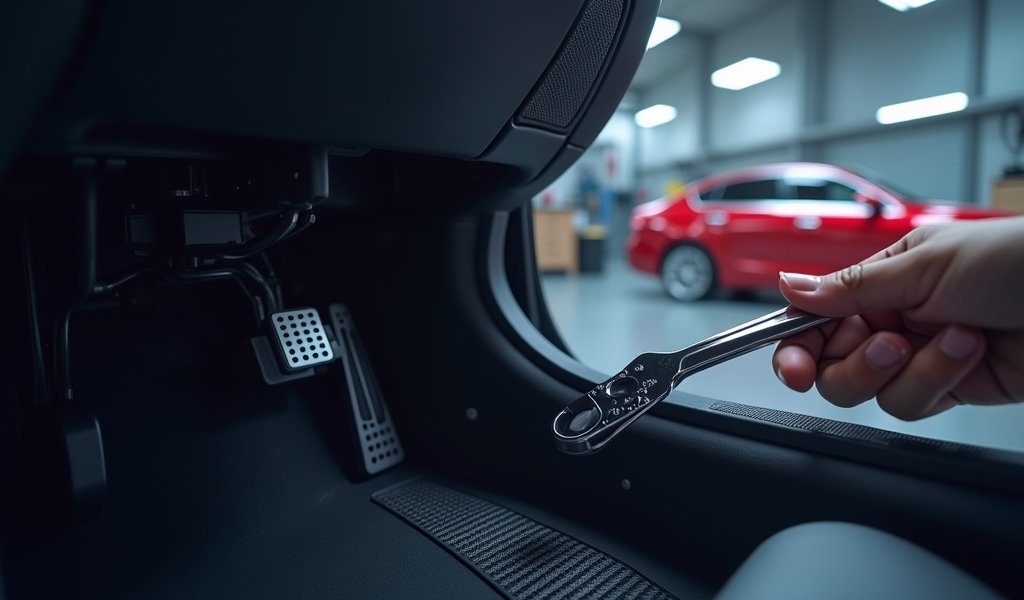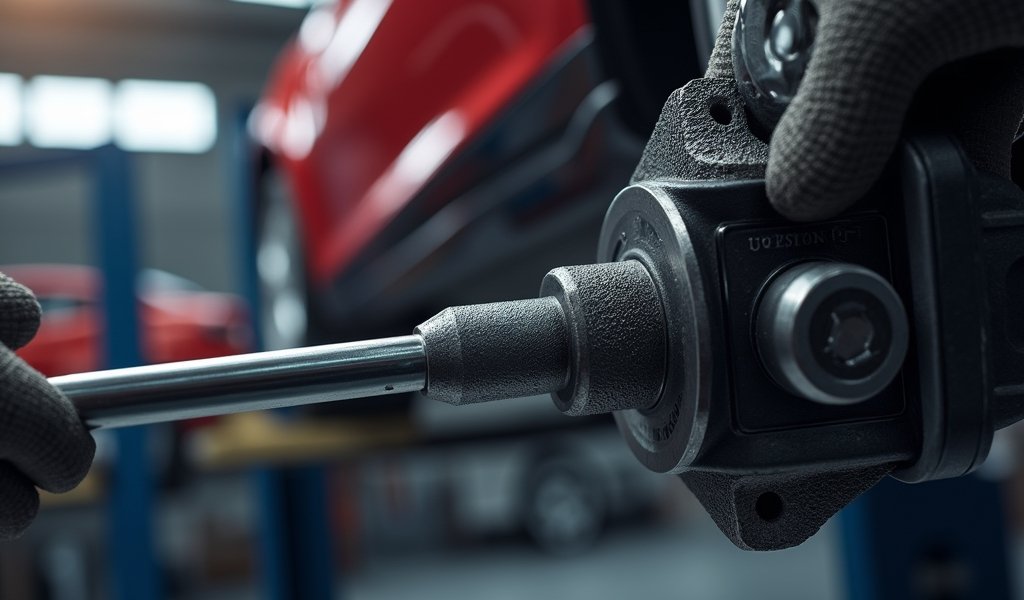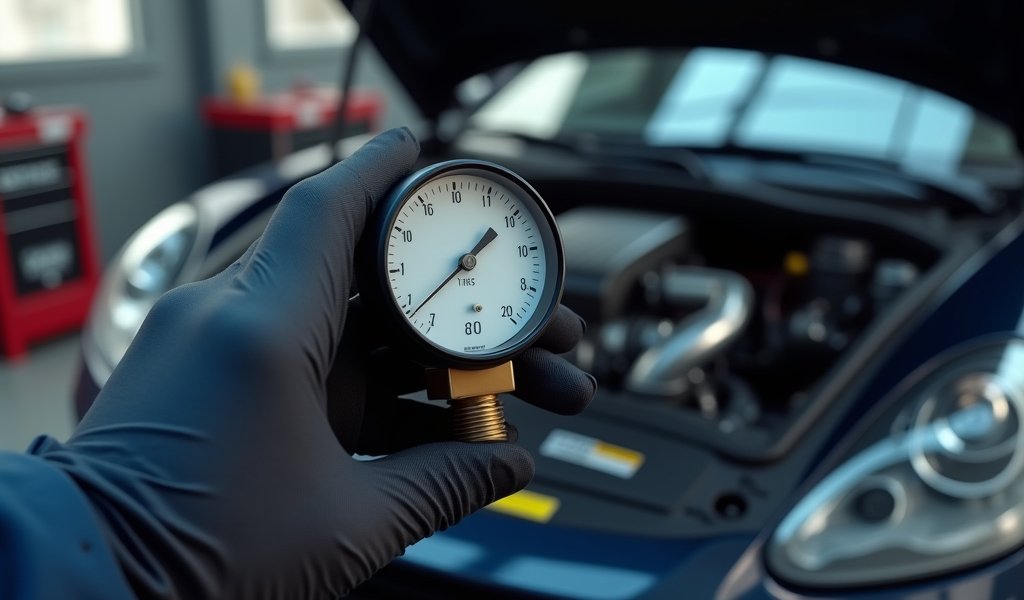Blind Spot Monitoring Calibration Tips
Overview This article explains that blind spot monitoring systems require proper calibration after collisions, bumper repairs, windshield replacements, suspension changes, or mirror replacements to ensure they function correctly. It outlines the calibration process (including preparation, static and dynamic calibration, and verification), discusses manufacturer-specific requirements, and provides maintenance tips while highlighting the importance of these safety […]
Blind Spot Monitoring Calibration Tips Read More »










